The Anatomy of TMJ: Explore the Temporomandibular Joint with Suburban TMJ and Sleep Center

The temporomandibular joint (TMJ) is a remarkably intricate structure that plays a vital role in our everyday lives. Responsible for connecting the jawbone to the skull, the TMJ enables us to talk, chew, and yawn with ease. However, as complex as this joint is, it can become susceptible to disorders that cause pain and discomfort, affecting our day-to-day functions. To better understand the importance of TMJ health, it's essential to examine the anatomy of this crucial joint.
In this article, we will explore the complex structure and function of the temporomandibular joint, delving into its various components and how they work together in harmony. By gaining insight into the inner workings of the TMJ, you will develop a deeper understanding of its role in your overall health and how issues with the TMJ can impact your well-being. Join us for an in-depth look at the fascinating world of TMJ anatomy and expand your knowledge with the experts at Suburban TMJ and Sleep Center.
The Components of the Temporomandibular Joint
The temporomandibular joint (TMJ) is a bilateral joint, meaning one is located on each side of the face, just in front of the ears. This joint enables the jaw to move smoothly and efficiently. To understand the TMJ's anatomy, it's essential to identify its primary components, which include:
- Temporal Bone: This is the part of the skull that sits above and behind the ear. The TMJ's articular fossa, a concave socket, is located on the undersurface of the temporal bone.
- Mandible: The mandible, or lower jawbone, contains the condyle—a rounded projection that moves within the articular fossa of the temporal bone.
- Articular Disc: This fibrocartilaginous disc sits between the temporal bone and the mandibular condyle, providing a cushion and minimizing friction between the two bones during movement.
- Ligaments: Several ligaments, such as the temporomandibular, sphenomandibular, and stylomandibular ligaments, ensure stability and support for the TMJ.
- Muscles: Various muscles, like the masseter, temporalis, and pterygoid muscles, control and facilitate the complex movements of the jaw.
Understanding these structural elements can provide insight into the intricate design of the TMJ and how it functions.
The Role of the Articular Disc: Pivotal to TMJ Health
As mentioned earlier, the articular disc plays a crucial role in maintaining a smooth and properly functioning temporomandibular joint. The disc is composed of tough, flexible cartilage that allows it to function as a shock absorber between the bones. It consists of two parts:
- Anterior Band: The thinner front portion, which is located between the condyle and the articular fossa when the mouth is closed.
- Posterior Band: The thicker rear part, which is responsible for cushioning the joint as it slides during movement.
Additionally, the disc contains a thinner central area called the intermediate zone, which is involved in rotational movements of the mandible. Damage or displacement of the articular disc, known as disc derangement, is a common cause of TMJ dysfunction (TMD) and can lead to pain, inflammation, and restricted jaw movement.
Understanding TMJ Movements
The temporomandibular joint enables various jaw movements, such as opening and closing, as well as side-to-side and front-to-back movements. The two primary TMJ movements include:
- Hinge Movement: This involves the rotation of the mandibular condyle within its socket in the articular fossa, allowing for vertical movements like opening and closing the mouth.
- Sliding Movement: Also known as translation, this movement occurs when the condyle and articular disc glide forward along the articular fossa, facilitating additional jaw-opening capacity and enabling the jaw to move side-to-side and front-to-back.
These movements are facilitated and controlled by the surrounding muscles and ligaments. Dysfunction in any of these structures can contribute to impaired jaw function and TMJ-related pain.
Determining TMJ Dysfunction
Temporomandibular joint disorders (TMD) can arise due to various factors, such as injuries, inflammation, muscle imbalances, misaligned teeth, or genetic predisposition. When the TMJ is functioning correctly, the joint moves smoothly, and the jaw operates without discomfort. However, when TMJ disorders are present, individuals may experience symptoms such as:
- Pain in the jaw, face, neck, or shoulders
- Headaches or migraines
- Earaches, tinnitus, or hearing problems
- Clicking, popping, or grating noises when moving the jaw
- Difficulty opening or closing the mouth fully
- Teeth grinding or clenching
Diagnosing TMD can be a complex process, as many of these symptoms can also be attributed to other conditions. A thorough examination by a TMJ specialist is essential for accurate diagnosis and appropriate treatment recommendations.
TMJ Disorder Treatment Options
Each TMJ disorder case is unique, and treatment options vary based on the individual's needs and the underlying causes of their symptoms. Non-invasive treatments are usually attempted before considering surgical options. Some common treatment approaches include:
- Pain management through medications, such as over-the-counter pain relievers or prescription muscle relaxants
- Physical therapy to improve range of motion and muscle strength
- Lifestyle changes, like avoiding chewy or hard foods and practicing stress management techniques
- Orthodontic treatments or adjustments to correct bite and alignment issues
- Oral appliances, such as splints or bite guards, to provide support, alleviate discomfort, and prevent clenching or grinding
- Cognitive-behavioral therapy to address stress-related TMD symptoms
In some cases, more invasive treatments may become necessary, such as arthrocentesis (joint fluid aspiration), corticosteroid injections, or even surgery. However, most patients can find relief from non-surgical treatment options.
Empower Your TMJ Health Journey with Expert Support
Gaining a thorough understanding of the complex anatomy and function of the temporomandibular joint is essential to effectively addressing TMJ disorders and improving your overall well-being. With this newfound knowledge, you are better equipped to navigate the challenges of living with TMJ-related discomfort and seeking appropriate treatment and TMJ care in Illinois.
At Suburban TMJ and Sleep Center, our experienced team is dedicated to providing personalized, non-surgical treatment options tailored to your specific needs. Don't let TMJ disorders hold you back any longer—take the first step toward lasting relief by contacting Suburban TMJ and Sleep Center today. Call us at (847) 259-6988 or visit our website to schedule an appointment today and explore your treatment options with Illinois' leading TMJ experts. Together, we can help you restore your jaw's function and comfort, empowering you to enjoy life to its fullest once again.
CONTACT INFORMATION
Phone: (630) 305-7914
Email: frontdesk@suburbantmjcenter.com
Address: 1309 Macom Drive, Suite 107
Naperville, IL 60564
CONNECT WITH US
All Rights Reserved | Website Designed By: Morningdove - Accessibility Statement











